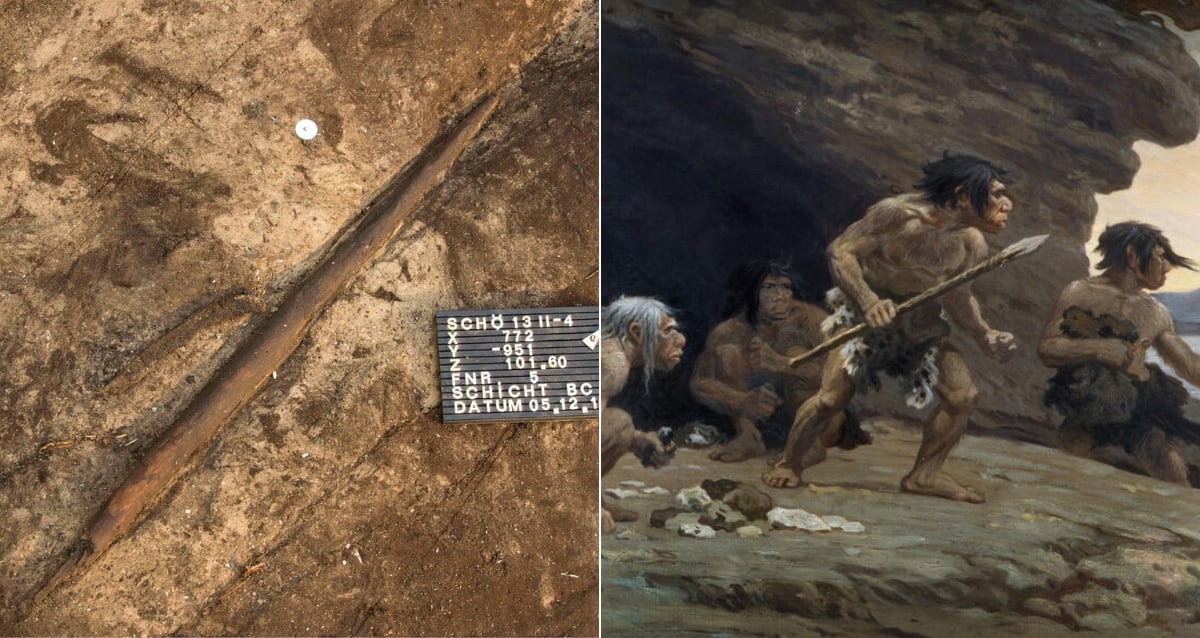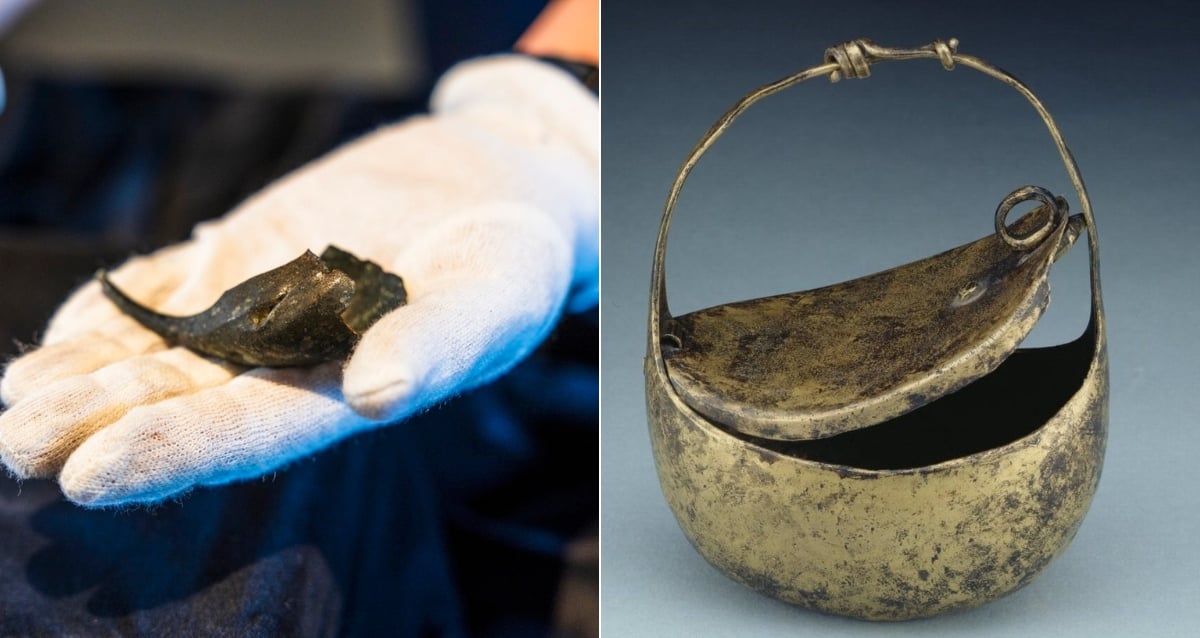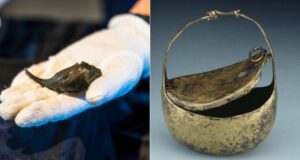Ancient Spears Unearthed in Germany Rewrite Neanderthal History—What They Reveal Will Shock You
“It’s a bit disappointing when you make sites younger rather than older,” Penkman said, “but being 200,000 years old makes more sense from an archaeological perspective.”
Still, not all researchers agreed with this assessment, even in light of the new evidence.
The Debate About The Schöningen Spears’ Origins Continues
“Somewhere around 300,000 years ago we see a transition to Neanderthals,” said archaeologist Thomas Terberger of Georg August University of Göttingen. “But was there a big difference between late heidelbergensis and early Neanderthals in terms of hunting strategies? I’m not so sure.”
University of Wrocław archeologist Andrzej Wiśniewski, on the other hand, said, “The dating looks very good. 200,000 years ago makes a lot of sense.”

Wikimedia CommonsResearch now shows that Neanderthals hunted in groups and displayed signs of complex thought.
The Middle Paleolithic period — the time in which the spears were made, based on the new dating — was when complex behaviors first started to emerge among prehistoric hominins. Neanderthals developed more sophisticated hunting methods and stone tools as they spread across Europe and Central Asia in small hunting parties, which aligns with the evidence at the Schöningen site.
“Something is changing in how they organize and cooperate,” said Jöris. “Rather than a few individuals taking on dangerous animals, they’re coming together in larger groups and pooling the risk.”
“Because it’s so difficult to date sites from the last million years, a lot of these sites are floating in time,” Penkman said. “If we can do anything to narrow down the time windows, those sites become more useful for answering archaeological questions about human evolution and cultural development.”













